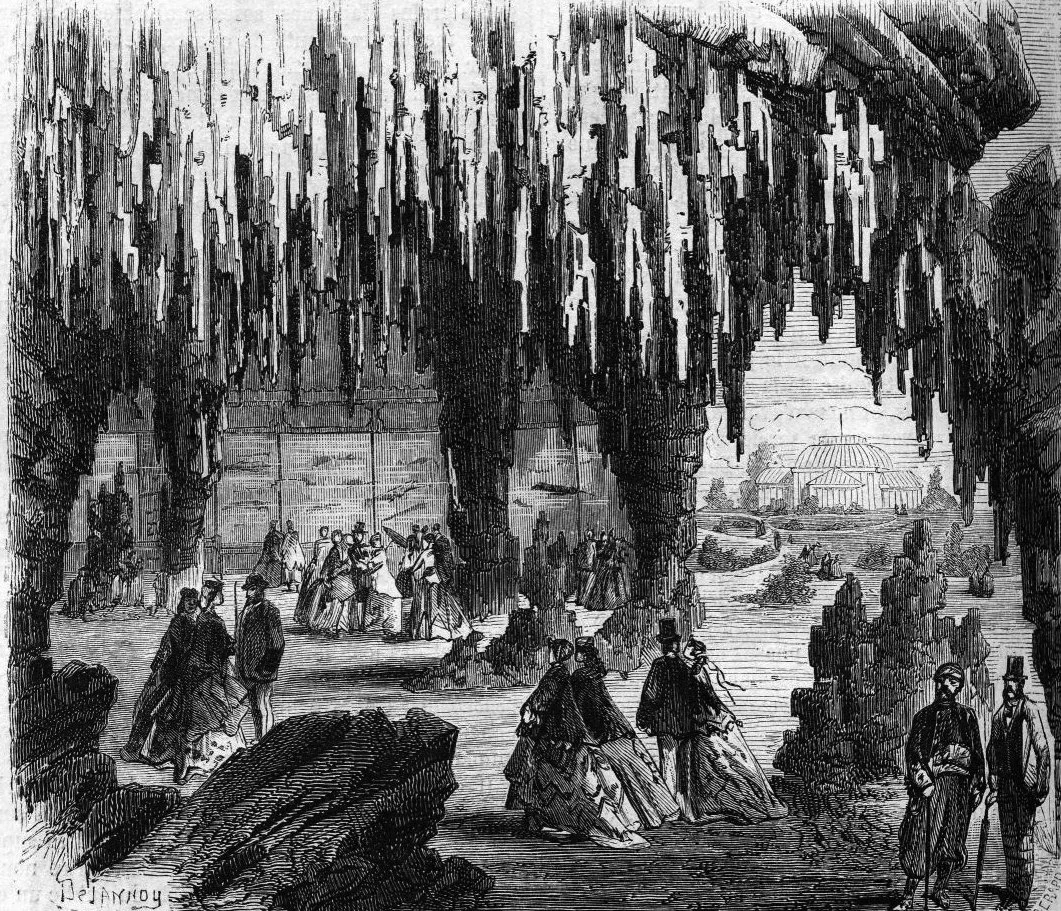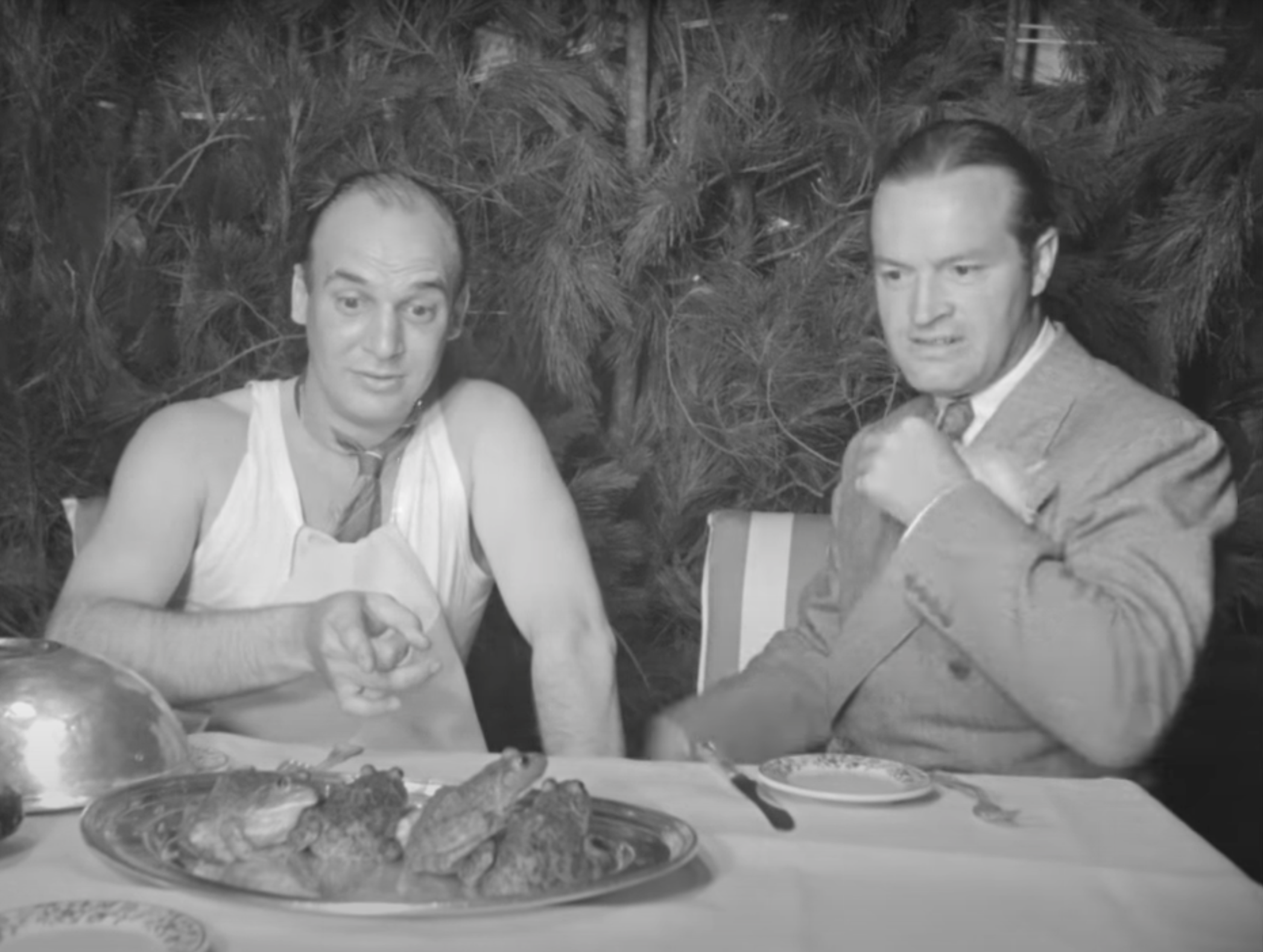Book Project (in development)
Book Project (Greenhouses, Aquariums, Gardens)
Ph.D. Dissertation (2025), Art History & Archaeology, Columbia University
This book project excavates what I am calling “the spectacle of life” in modern Paris. In the late-19th century, displays of living plants, animals, and people became enormously popular, artificial environments that directly inspired modernist artists, including impressionists, early filmmakers, and surrealists. This book is organized around three environments: greenhouses, aquariums, and colonial-themed gardens, from 1860 to 1940.
This book tracks the underlying infrastructures that supported these spectacles, understanding these artificial environments as critical sites of state propaganda and novel aesthetic effects. This media studies methodology provides a unifying framework through which to understand global environmental changes, urban design, and artworks in tandem. Consequently, this book advances a new understanding of atmosphere, attractions, and collage, revealing that these key modernist terms were deeply enmeshed in discourses of art, science, and colonial policy.
Winner of the 2023 Farrar Prize from the Society for French Historical Studies, Winner of the 2023 Vcologies Early Career Paper Prize (greenhouse chapter excerpt)
This project has been supported by research grants from the Metropolitan Museum of Art, the Gerda Henkel Foundation, the Buell Center, DFK Paris, the Huntington Library, and the Lee MacCormick Edwards Charitable Foundation.
Edited Volume
Queer Surrealism: Methods for Art and Life in the Twentieth Century
Under contract, Manchester University Press, Rethinking Art’s Histories series
This edited volume excavates overlooked connections between surrealist creative strategies, queer theory, and trans epistemologies, from the 1920s to the present. It will be the first book to focus exclusively on “queer surrealism”—identifying untapped queer potentials latent in the historical movement and then tracing surrealism’s revolutionary influence on art made in the context of postwar social movements. The volume will be composed of 11 essays that each examine one surrealist creative method as well as 4 short contributions on the “exquisite corpse” by leading surrealist scholars, queer theorists, and art historians.
Peer-Reviewed Articles and Chapters
Méliès’s Artificial Nature: Aquariums, Infrastructure, and Empire
Forthcoming: Journal of Cinema and Media Studies (exp. Fall 2025)
Inspired by the performances and technologies staged at public aquariums, Georges Méliès made six films using aquariums as a special effects device in his early career. These films—actualités, féeries, and science fiction narratives—not only represented underwater biomes but also captured the increasingly artificial nature of studios, parks, and urban infrastructures in his era. Attuning to the shared goals of aquariums, cinema, and new technologies of exploration, this essay argues that Méliès’s “underwater” films reveal his broader interests in nature, modernity, and empire-building.
Animation and Animacy in Salvador Dalí’s 1930s Multimedia Projects
Surrealism and Animation: Transnational Connections, 1920–Present (Bloomsbury Press, 2025)
Across a range of art and writing, Dalí frequently cultivated or perceived effects of animation and animacy including shifting forms in paranoiac-critical diagrams, the “frozen waves” of Art Nouveau, or leaping frogs he put on a dinner table at a fundraiser. Dalí’s multimedia art projects uncannily straddle (and often break) the stable boundaries of animate and inanimate—a model for an enlivened, hybrid surrealism.
Joan Jonas’s Ecological Portraits: Echo and Narcissus
Afterimage: The Journal of Media Arts and Cultural Criticism, Vol. 49, no. 1 (March 2022)
Addressing Joan Jonas’s video Disturbances, I propose an ecological framework in her art of the 1970s—present in her performances, contemporaneous ecological art, and watery films of the 1930s she has cited as influences. Reading the myth of Narcissus as an ecological tale, this article tracks how Jonas uses different media including mirrors, water, and video to emphasize her body’s engagement with environments near and far.
“It’s not really a cat”: Art, Media, and Queer Wildness in Cat People (1942, 1982)
New Review of Film and Television Studies, Vol. 21, no. 2 (Summer 2023)
Mobilizing animal studies, media theory, and queer theory, this article examines representations of cats across various media in Cat People (Jacques Tourneur, 1942) and its remake (Paul Schrader, 1982). The two horror films repeatedly expose the inability of static representations like statues, paintings, or photographs to fully “capture” animals or animality instead proposing a form of affective wildness that transcends bodies and encourages interspecies intimacy.
Other Academic Essays
Expanded Vitrines: Museological Sculptures and Diasporic Identity
Nka: Journal of Contemporary African Art, 52 (May 2023)
I propose a framework of “expanded vitrines” in the art of Matthew Angelo Harrison, Fred Wilson, and the 2018 film Black Panther which subvert and even destroy the organizational structures of ethnographic vitrines. In particular, Harrison uses the vitrine as a cultural form that allows him to make new, hybrid sculptures—proposing visual models of his own identity and offering to audiences new ways to engage imagined pasts and hybrid futures of the African diaspora.
Leonor Fini’s Surrealist Object and Other Marvelous Precipitates of Desire
Modernism/Modernity Print Plus, Visualities Forum (March 2023)
Intermingling a story of tides, nonhuman living matter, the accretive stuff of grottoes, and what André Breton calls the “marvelous precipitate of desire,” Leonor Fini’s found book cover conjures up various elemental and chemical processes that speak to the reactive nature of objects across their journeys. Exhibited with a diverse set of objects, Fini’s object prompts us to ask how watery metaphors “submerge”—and thereby transform—concepts like the found object, the outmoded, and empire.
Catalogue Essays
Remedios Varo: Catalogue Essays (2)
Remedios Varo: Science Fictions at the Art Institute of Chicago (2023)
In two essays, I explore ideas of exploration, ecology, and nature in Remedios Varo’s surrealist practice. Inspired by historic explorers to South America and Jules Vernes’ adventure writing, Varo’s Exploración de las fuentes del río Orinoco (Exploration of the Sources of the Orinoco River) is a portrait of an esoteric expedition along the famous river. In a related work, Hallazgo (Discovery), Varo explores issues of chance discoveries in nature, producing decalcomania trees that evoke the corals and strange driftwood other surrealists celebrated in their art and writings.
Édouard Manet portraits: Catalogue Entries (2)
Manet: A Model Family at the Isabella Stewart Gardner Museum (2024–5)
In two catalogue entries (c. 900 words), I examine two paintings featuring Manet’s family members, reflecting on how they mediate both biographical details (his father’s illness, his mother’s caretaking, aging) and art historical sources (allegories of the senses, the still life genre). Perhaps Manet’s combination of the intimate and the grand relates to Baudelaire’s famous notion that “modernity is the transient, the fleeting, the contingent; it is one half of art, the other being the eternal and the immovable.”
Book and Exhibition Reviews
Near East to Far West: Fictions of French and American Colonialism (Mar 5–May 29, 2023), Denver Art Museum, Nineteenth Century Art Worldwide
Air Conditioning (2024), by Hsuan L. Hsu, H-Net Environment
Oceans Under Glass: Tank Craft and the Sciences of the Sea (2023), by Samantha Muka, H-Net Environment
Vital Media: Making, Design, and Expression for Humans and Other Materials (2022), by Michael Nitsche, H-Net Sci-Med-Tech











